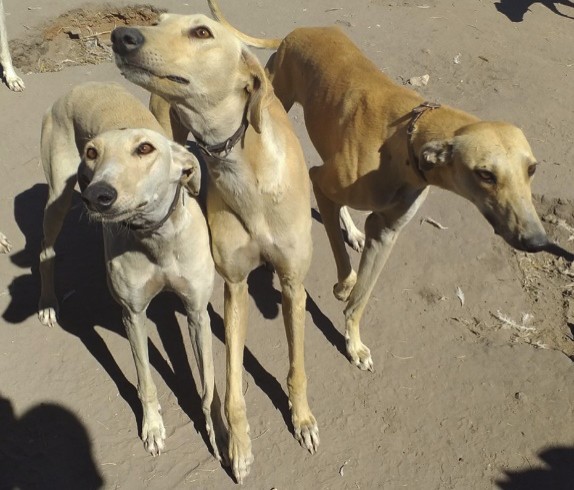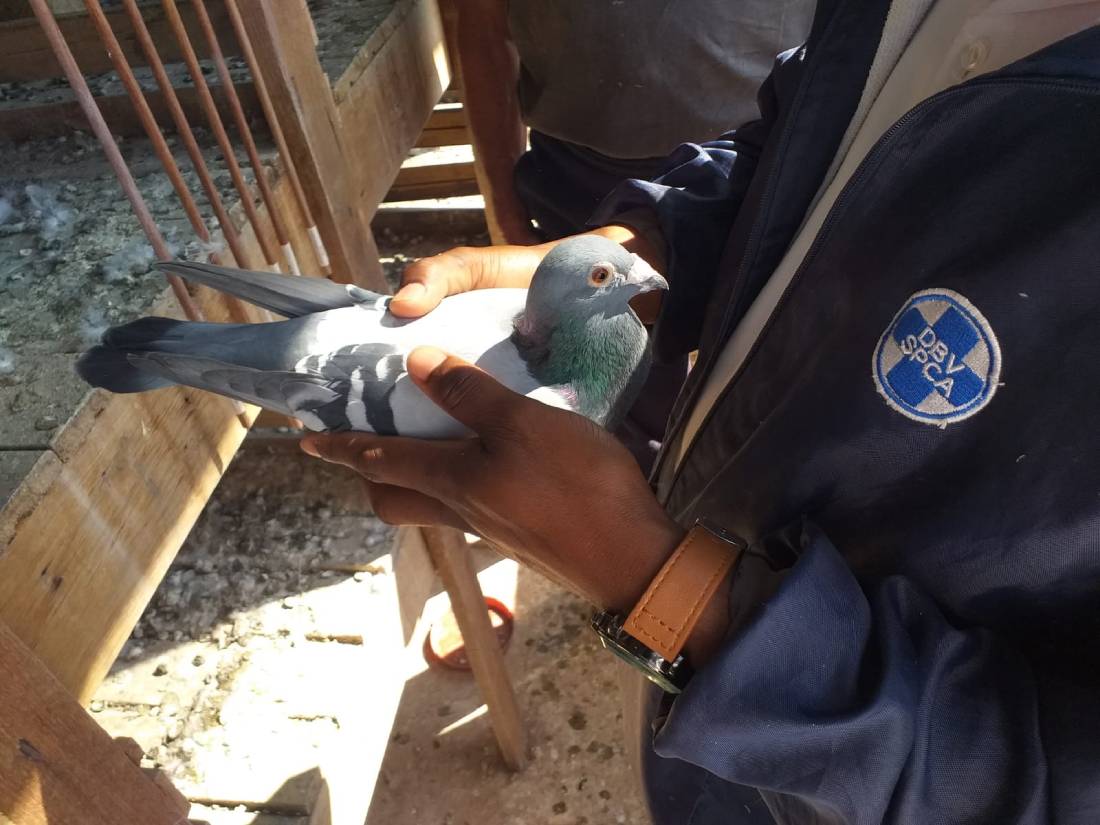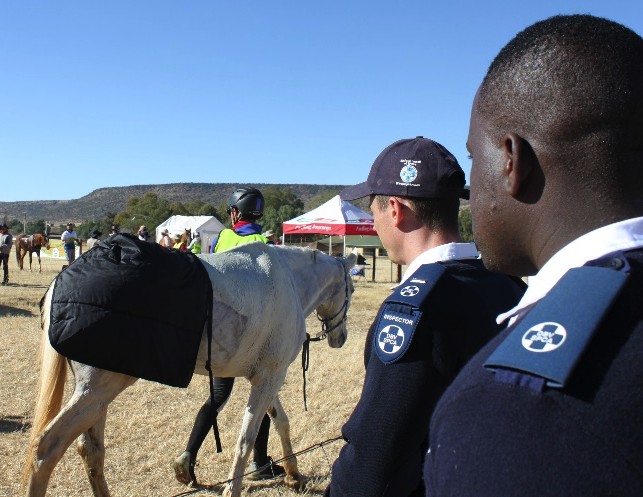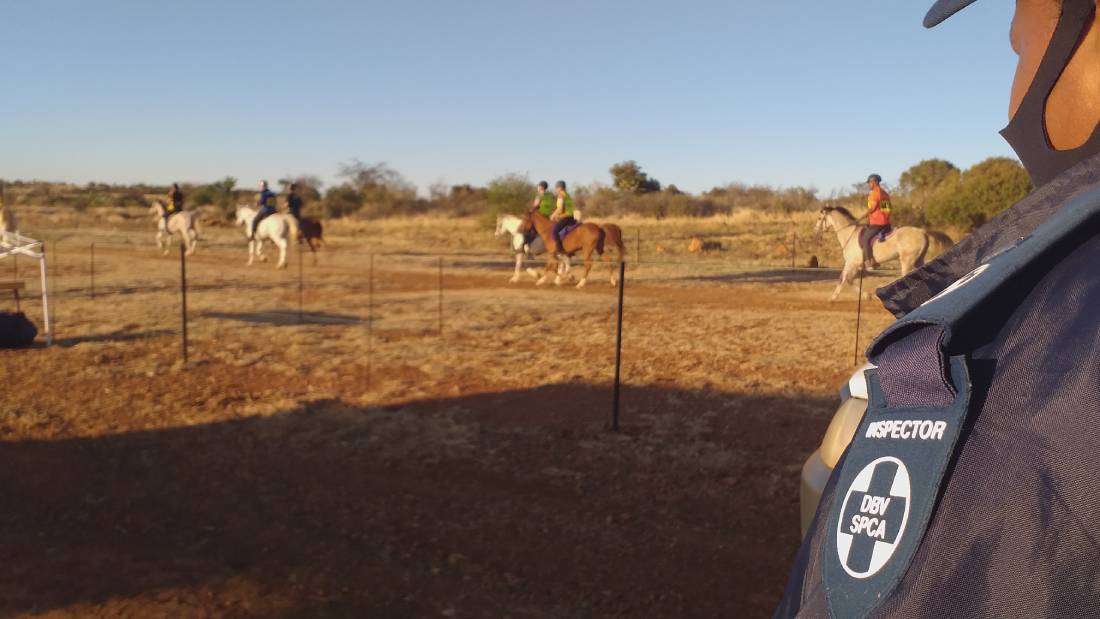The National Council opposes animal racing in any form.
The sport of animal racing is highly lucrative to human patrons and is often commercialised for financial gain but extremely detrimental to the welfare of animals. On the day of the racing event, animals may appear to be in pristine conditions. However, it is what happens before and after these races and how their welfare is compromised that is most concerning.
Dogs, pigeons, and horses are just some of the animals used for competitive racing. These athletes do not get luxury time off as they are sometimes pushed to their extreme to perform to their masters’ desires. When not training they are mostly confined, and their freedom and expression is limited. They are not able to enjoy the social structures and express behaviours normal to their species. Housing facilities are often substandard, and no proper care is provided in various aspects of animal husbandry.
Training methods are not necessarily humane and are a cause for grave concern. The use of performance enhancing drugs, physically harmful techniques and the use of live bait are common occurrences. Animals used for racing have a relatively short competitive lifespan as they are so prone to injuries. While drugs may be used to mask injuries to force the animals to compete for as long as possible, eventually they are no longer effective, and animals are disposed of.

Dog Racing
Using dogs for racing is illegal in South Africa since 1949 and although there have been oppositions who want to legalise this cruel sport, the National Council will continue to fight to keep Dog racing banned in South Africa.
Pigeon Racing
Many people believe that animals used in racing sports do so willingly and that they were “bred” to do so. Not many people know the extensive training these animals go through to enable them to compete.
More than 60% of pigeons being trained to compete in various races do not survive training and do not make it to the actual main race. More than 50% of the remainder of pigeons who make it to the main race do not return. This means that over 85% of the pigeons entered originally do not survive pigeon racing.
In 2013 the NSPCA issued a warning regarding pigeon races exceeding 1000 kilometres, which in our view is cruel, inhumane and may constitute a contravention in terms of the Animals Protection Act. An urgent high court application was brought against the NSPCA by pigeon fanciers to set the warning aside. The North Gauteng High Court dismissed the application with costs and pigeon races exceeding 1000 kilometres were declared inhumane and illegal.
The National Council continues to inspect pigeon lofts and races to ensure the welfare of the pigeons are not compromised.


Horse Racing
Although these horses may appear to be receiving royal treatment, there is usually no real bond between the horse and its owner or owners. The horse is seen as an investment and each horse could have several investors, claiming and sharing winnings. These horses are usually left with trainers to train, and each trainer would have several horses under his/her management. This might bring several welfare concerns.
Apart from the use of performance enhancing drugs and whips, it is the jockey’s responsibility to ensure that the horse wins. This sometimes comes at a huge cost to the horse. It is scarcely known for horses to be shot on the track due to broken legs. Other concerns include the track’s density, which results in the horses being lame and under condition the day after the race. These horses are exploited for money and when they can no longer earn their keep, they become expendable. Well-known racehorses have been left in fields to starve because they started losing races and were sold off to inexperienced horse owners who are not well equipped with the knowledge and financial means to adequately care for these horses.
Bush and Endurance Racing
The horses utilised in bush racing are usually crossbred ponies and do not always receive the same high-level care afforded to thoroughbreds. There are welfare implications regarding their diets, warm-up routines, transport, equipment, injuries, and injured horses being raced, as well as the weight they are expected to carry. Bush racing has been legalised in the gambling sector. Endurance rides bring with them their own welfare concerns since races are spread over a couple of days and across very rough terrains. Horses may become injured or lame and will be pushed to finish these races by their riders, regardless of the animal’s wellbeing. Thankfully rules and constitutions have been implemented to ensure that horses are assessed before they may continue or enter a race. The NSPCA Inspectors continue to monitor races that are selected randomly throughout the country to ensure no horses welfare is compromised.


